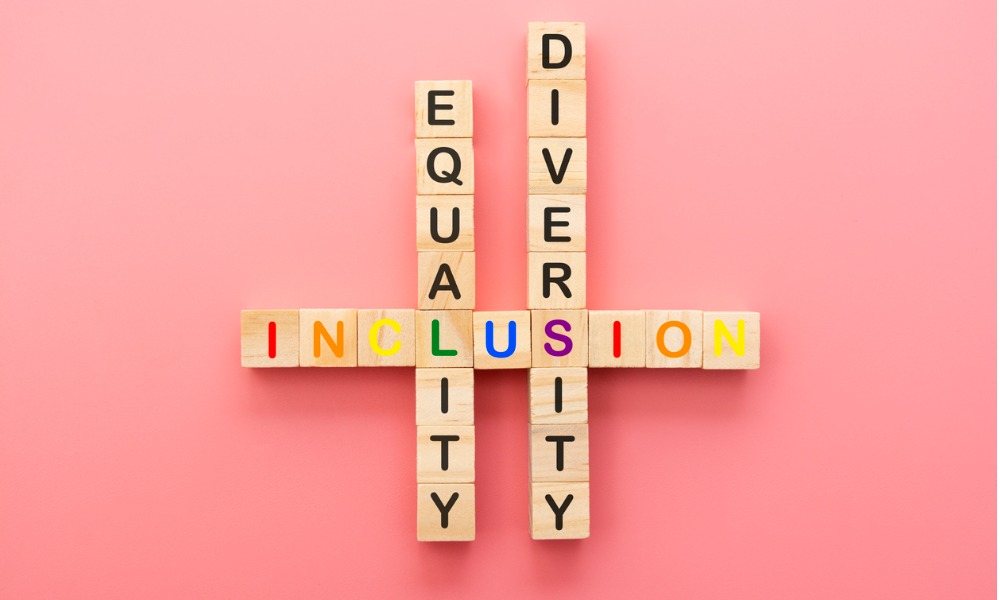McLean & Company offers a new guide to help HR leaders navigate DEI challenges and promote equity

As the diversity, equity, and inclusion (DEI) landscape evolves, HR is tackling misconceptions and resistance within organizations.
McLean & Company, a trusted research and advisory partner for HR leaders, has released a new resource to assist HR and DEI leaders in promoting inclusion and equity in the workplace.
The guide, ‘Navigate a Path Forward in the DEI Landscape,’ delves into DEI's evolution, current significance, and the common misconceptions that hinder progress. It also provides strategies to address six types of DEI resistance and integrate DEI into organizational culture.
The guide emphasizes that organizational DEI benefits, such as improved financial performance and better overall outcomes, are well-documented. Most organizations advocate for DEI investments based on these business benefits.
However, focusing solely on the business case can overlook the fairness and empathy aspects of DEI, which are crucial for achieving equitable outcomes, fostering a sense of belonging, and contributing positively to society.
McLean & Company warns that deprioritizing DEI due to resistance is a mistake, as it negatively impacts both employees and organizational performance.
Elysca Fernandes, director of HR Research and Advisory Services at McLean & Company, stated, “DEI leaders face numerous challenges, misconceptions, and resistance in their efforts to build diverse, inclusive, and equitable organizations. Despite these obstacles, focusing on those most affected by DEI issues is essential for achieving an inclusive future.”
McLean & Company's guide is divided into three sections to help HR and DEI leaders navigate DEI challenges and foster an inclusive workplace:
- What is DEI today? This section provides a comprehensive overview of DEI terms and highlights the benefits and evolution of organizational DEI up to the present day.
- Where are we now? This section identifies six common types of resistance to DEI and explains how they manifest in the workplace:
- Zero-sum mindset: Believing that DEI progress reduces opportunities for those who have historically benefited from existing systems.
- Meritocracy myth: Ignoring the impact of systemic inequities on workplace outcomes.
- Misinterpreted inclusion: Justifying exclusion in one area by claiming inclusion in another.
- Empathy deficits: Assuming conditions are “good enough.”
- Undervaluing long-term DEI benefits: Failing to recognize the indirect and long-term value of DEI investments.
- Focus on perceptions: Losing sight of the actual impact of DEI-related changes.
- Where do we go from here? This section encourages HR and DEI leaders to view DEI as a long-term cultural change. It suggests aligning DEI efforts with the organization's values of wellbeing and safety, segmenting employee experience data to identify exclusion and disparities, adopting inclusive design practices, and fostering continuous learning and unlearning.
McLean & Company advises leaders that DEI efforts must be adapted to different contexts and audiences. Changing deeply ingrained values and behaviours is challenging, and culture change requires time.
Therefore, leaders should see embedding inclusion into organizational culture as an ongoing journey.



